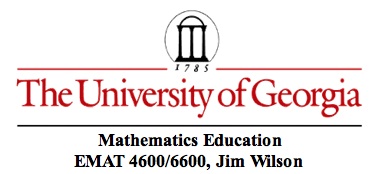

Figure 1 and Figure 2 each show a square inscribed in a right triangle. Assume the triangles, both labeled ABC, are congruent, or two copies of the same triangle.
1. Given any right triangle with sides of length a, b, and c, as above, determine the two constructions to inscribe these squares in the right triangle.
Create GSP sketches for the two constructions using congruent right triangles with legs of length a and b.
Do you have alternative constructions to those suggested in the hints? Here is a construction showing both squares in the same triangle. An altitude h to the side of length c is also shown.
2a. Show that the length of the side s of a square instcribed in ANY triangle with one side along a base is one-half the harmonic mean of that base and the altitude to that base.
2b. Show a geometric construction for the inscribed square in ANY triangle with one side along a base.
3. Which of the two squares has the largest area? For example, here are two expressions for the area of triangle ABC and each can be solved for the length of the side of one of the squares in terms of a, b, c, or h.
Will the largest inscribed square always be the same orientation for any right triangle? That is, will one of the two squares always be the largest?
HINT: Write an expression forand evaluate to see if this this expression is always positive, always negative, equal, or not determined.
4. Consider a geometric demonstration regarding the relative sizes of the two inscribed squares. To accomplish this, construct an auxilliary right triangle with legs of length h and c on our right triangle having legs a and b, h and c being the altitude and the hypotenuse of the original triangle.
Click HERE for a GSP construction.
The yellow square in the auxillary right triangle has the same area as the yellow square in the original right triangle. Why? Does this give a means to determine which of the yellow square or the blue square is larger?
5. Suppose in the right triangle ABC the square of side length s inscribed in the right angle has an area of 441 and the square of side lenght x inscribed along the hypotenuse has an area of 440.
Find the length of AC + BC.
Problem sent by Mark Lipson. Lexington, MA from the 1987 AIME high school mathematics contest.